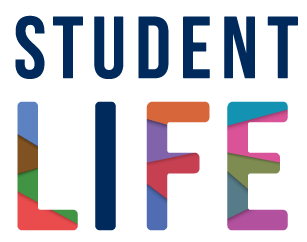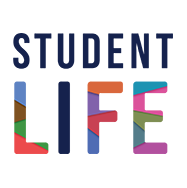This article was originally published by Leanne on the Life@UofT blog.
Aaniin! I hope this blog post finds you all well especially as we delve into colder weather. I feel as though the city is constantly oscillating between two seasons—winter and construction. As many of you may already know, the University has a massive revitalization project underway. The hope for The Landmark Project is to create greener, more accessible spaces while also making for a more pedestrian-friendly campus.
I have the pleasure of sitting on the advisory committee for The Indigenous Landscape Project, an initiative part of The Landmark Project and response to the Truth and Reconciliation Commission of Canada: Calls to Action. The Indigenous Landscape Project hopes to honour Taddle Creek while creating an outdoor space where the Indigenous community may gather and see themselves represented on campus. The University is not only built on land that has been a gathering place for many years (the traditional land of the Huron-Wendat, the Seneca, and Mississaugas of the Credit First Nation) but also Taddle Creek—a body of water that has been buried beneath the city. Taddle Creek runs from St. Clair Ave. W. and Bathurst St. to Lake Ontario and the site for The Indigenous Landscape Project will be located on Hart House Green, a high-traffic area on campus.
To be a part of this project feels special—when I first started at the University of Toronto I was unaware that there was an Indigenous community here. It’s silly to think back to now, especially now the community feels like home to me but there has been a lot of work done to achieve that visibility. Recently Hart House celebrated its 100th anniversary and to commemorate the event in collaboration with the Art Museum, the Hart House Centennial Art Comission unveiled the sculpture waabidiziiyan doopwining (to see yourself at the table) by Anishinaabe artist Rebecca Belmore and partner, Osvaldo Yero. Using an Indigenous perspective, the piece will be a permanent part of the Great Hall where it acknowledges those that came before us and the generations that will follow us. It invites individuals to see themselves reflected back and know that we belong to a larger community that supports us. The Indigenous Landscape Project will make a difference on campus.
Republished: 23 February 2020




